The devastating wildfires sweeping across California haven’t just changed the landscape forever – they’ve turned the lives of countless family pets upside down. Behind every harrowing evacuation story lies another tale: the four-legged family members who never asked to be heroes but became them anyway. From dogs sprinting through smoke-filled neighborhoods to cats rescued from the ashes, pets are facing dangers every bit as real as their human companions. Thick smoke can damage their lungs, while burns and heat exhaustion are tragically common in fire zones. Even pets that make it out unharmed often struggle with stress, trauma, and disorientation after losing their familiar homes. Animal shelters across California are overwhelmed, working around the clock to reunite families and care for displaced animals. These fires don’t just test human resilience—they reveal the deep bond between people and their pets when survival is on the line.
Emergency Evacuation Stories That Break Your Heart
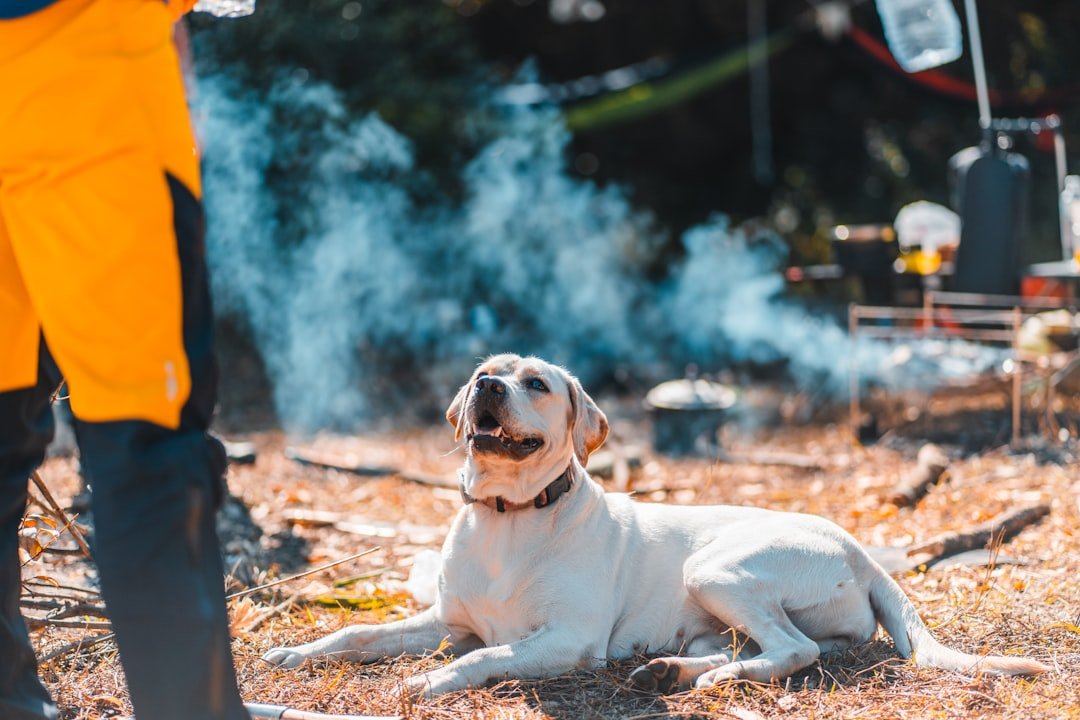
Still burning after sunset on January 9, 2025, the fires razed more than 26,000 acres of suburban wildlife habitat, including over 1,000 structures, displacing over 130,000 people and their pets. When disaster strikes at 2 AM, pets don’t understand why their humans are frantically stuffing them into carriers. They just know something’s terribly wrong.
Not everyone was near their homes when evacuations were announced, forcing some to leave their beloved pets and livestock behind. Imagine the heartbreak of being at work when evacuation orders come through, knowing your cat is hiding under the bed or your dog is waiting by the window for you to come home. These aren’t just pets – they’re family members caught in circumstances beyond anyone’s control.
The Hidden Medical Crisis Affecting Evacuated Animals

“We are starting to see many animals coming in with burns and injuries. These animals are being treated in our ICU. We are providing them with pain medications, wound care, fluid, and oxygen as needed,” Pasadena Humane said in a social media post. The medical aftermath isn’t just about singed whiskers – it’s about animals fighting for their lives.
“We’ve taken in some animals that were found stray near the fire areas, who have come in with burns, singed paws, singed whiskers, dehydration,” said Dia DuVernet, president and CEO of Pasadena Humane. These injuries tell stories of desperate attempts to escape, of paws burned on hot asphalt, of animals who wandered for days looking for their families. The psychological trauma runs deeper than the physical wounds.
Shelter Systems Pushed Beyond Their Breaking Point
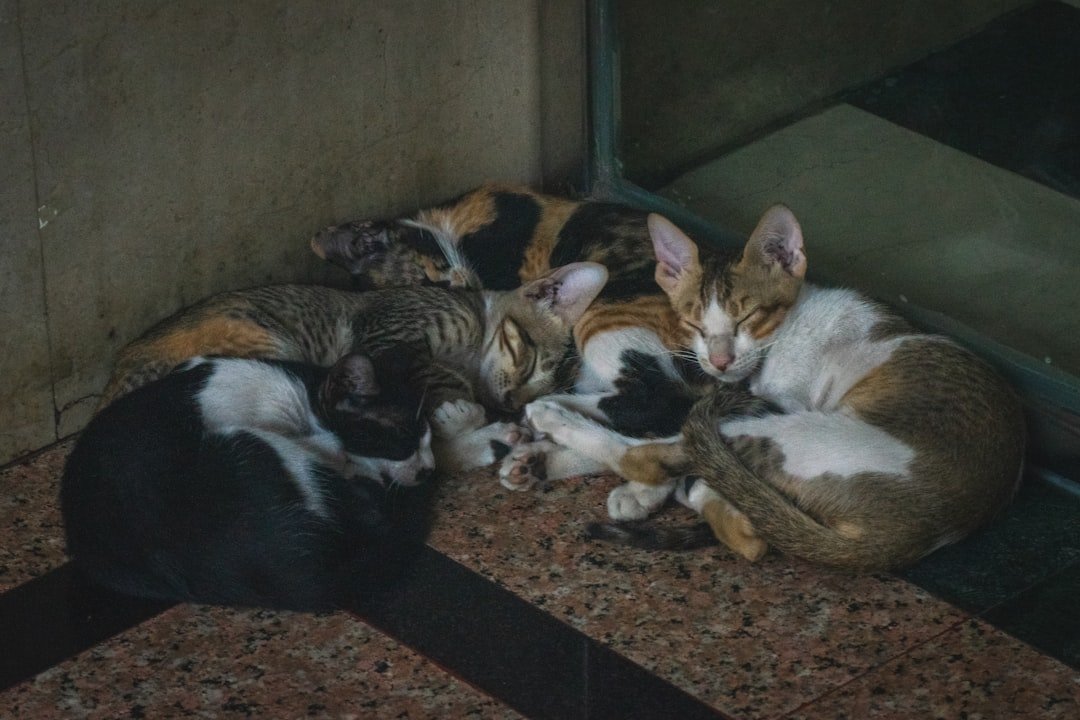
The Pasadena Humane Society has worked to feed pets left trapped inside homes and has taken in over 300 animals since the fires broke out on January 7. Picture warehouse-sized facilities suddenly doubling their population overnight. Staff who normally care for fifty animals are now managing hundreds, each with their own story of loss and fear.
Pasadena Humane has taken in over 300 animals. The rescue centers said they have been overwhelmed with donations, including bales of hay, blankets and pet food. Pasadena Humane has received so many donated pet supplies that it fears it will run out of room to host more animals in need. When a shelter runs out of space for donations, you know the crisis has reached unprecedented levels.
The Underground Network of Pet Heroes
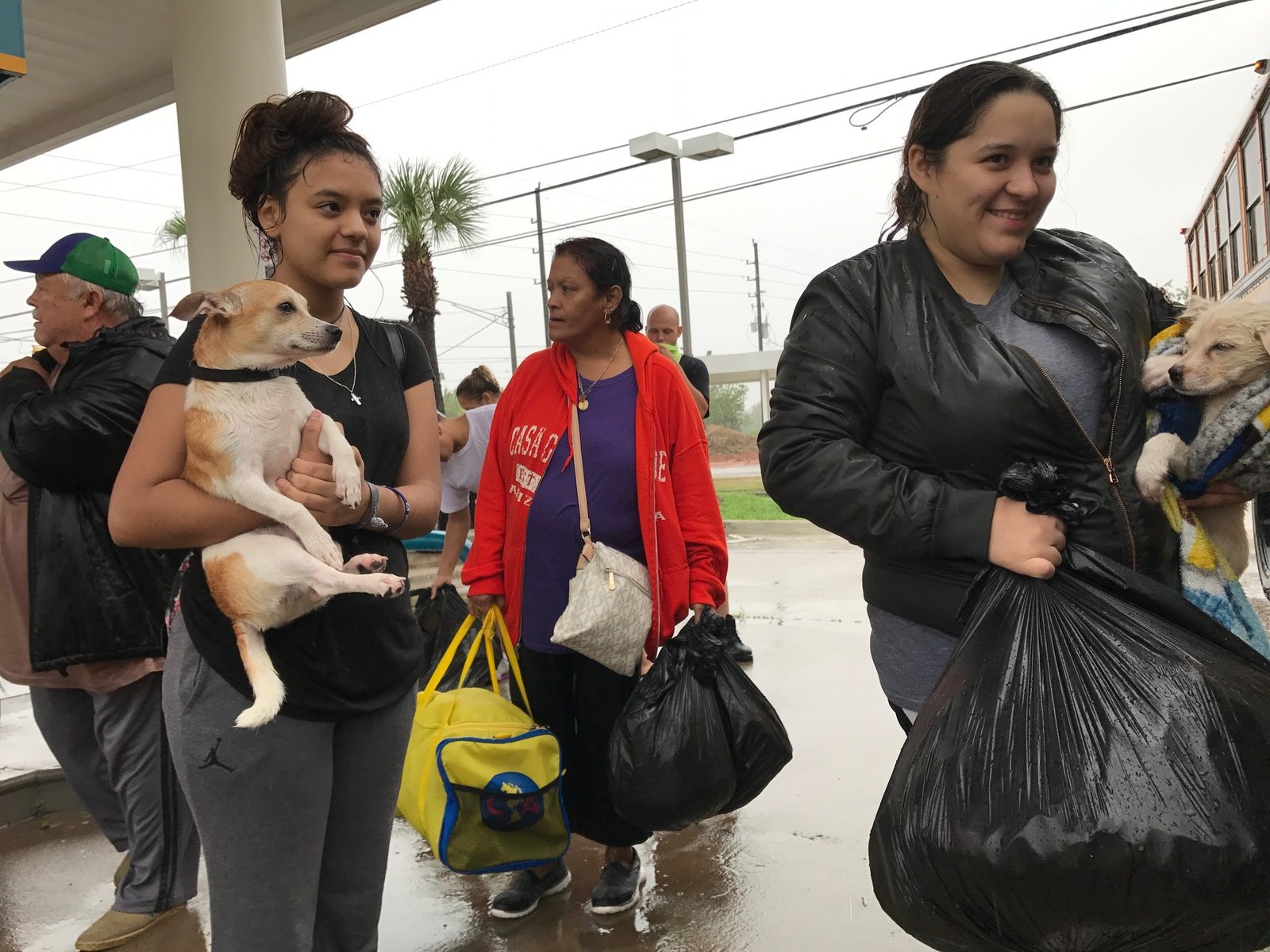
Veterinarian Annie Harvilicz, owner of the Animal Wellness Centers in Marina del Rey and Laguna Vista Veterinary Center in Harbor City… emerged as a savior for displaced animals after her brother asked “if he could offload his rabbit, Oreo, and his cat, Winston, with her as he fled the Palisades fire.” After taking in Oreo and Winston, Harvilicz “put out a call on Facebook saying people could bring their animals to her”.
What started as a family favor became a lifeline for dozens of pets. Social media transformed ordinary pet owners into emergency coordinators, matching desperate families with people who had extra space, carriers, or simply a safe place to keep animals until the smoke cleared.
Large Animals Face Their Own Nightmare

All seven locations for evacuated horses recommended by Los Angeles County Animal Services were full by the evening of January 8. Horses can’t just hop in the backseat of a car. They need specialized trailers, experienced handlers, and vast amounts of space that simply doesn’t exist during emergencies.
Equestrians on social media have shared that some horse owners are simply leading horses to the nearest roadway, hoping to be picked up by a passing trailer. A video shared by Fox News 11 Los Angeles showed local equestrians evacuating horses on foot, amid showers of sparks. The desperation in these images captures something we rarely see – animals and humans united in survival mode.
When Smoke Becomes the Silent Killer
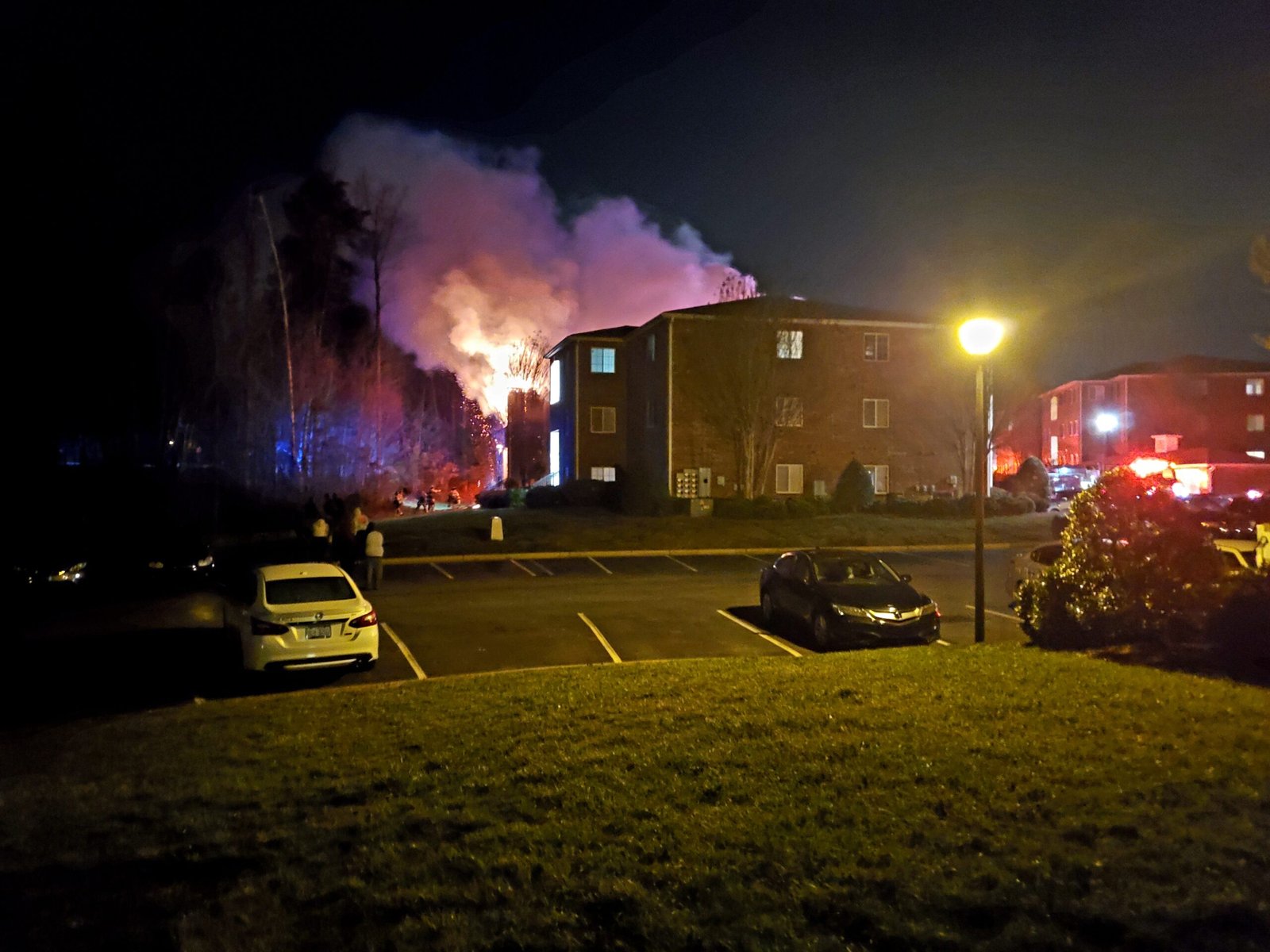
Wildlife smoke can be dangerous for pets, especially puppies, senior dogs and birds. While fire grabs headlines, smoke exposure creates a slower, more insidious threat. Pets don’t understand why they’re suddenly struggling to breathe or why their eyes won’t stop watering.
The group says pets should be kept indoors as much as possible when the air is smoky. It advises all pet owners to have an evacuation kit on hand with three to seven days’ worth of pet food, a pet carrier labeled with contact information, a collapsible feeding dish and water bowl, and other necessities. But what happens when “indoors” isn’t safe anymore, and your evacuation kit feels pathetically inadequate against Mother Nature’s fury?
The Emotional Toll Nobody Talks About
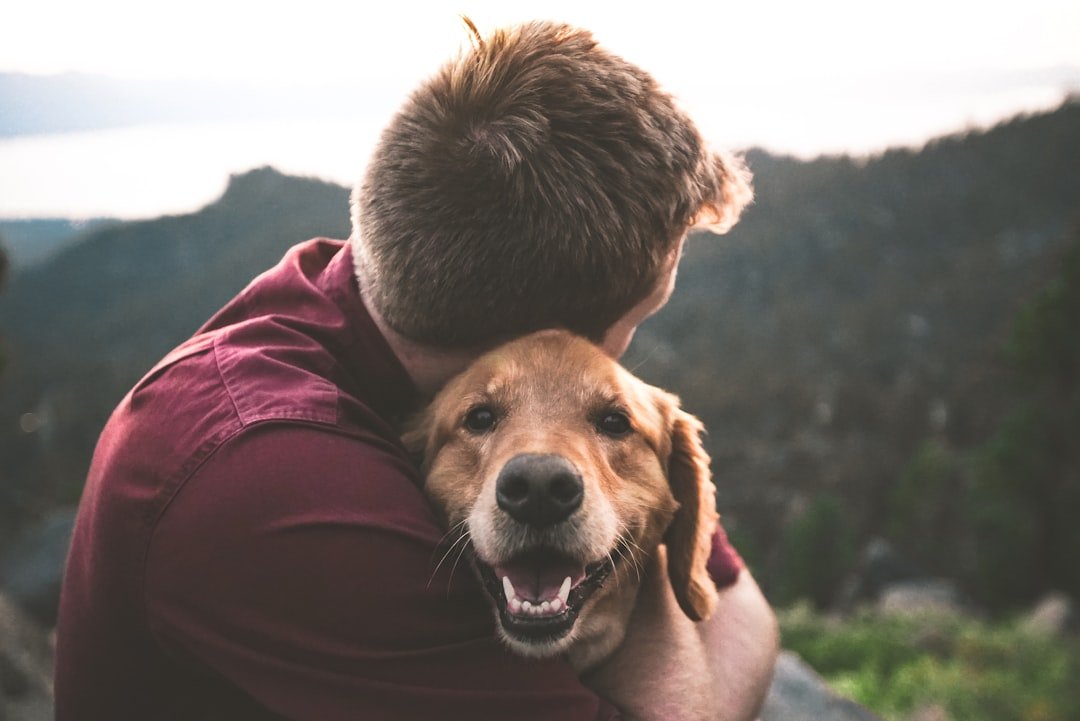
Some pets are staying as temporary boarders while the humans in their households stay in evacuation centers, hotels or other places that don’t allow pets. Other animals are receiving treatment for injuries. Being separated from your pet during a crisis feels like abandoning a child. Many evacuation centers can’t accommodate animals, forcing families into impossible choices.
Some owners who evacuated earlier in the week have received the all-clear to return home and have come to pick up their pets. Seeing pets reunited with their families has been the silver lining to an otherwise stressful week. Those reunion moments – watching a dog recognize their owner’s voice across a crowded shelter – remind us why people risk everything for their pets.
The Preparation Nobody Wants to Think About

Identification: Ensure pets wear collars with ID, rabies, and license tags. Transportation: Have a pet carrier for each animal. Cover cages to reduce fear. Record keeping: Store vaccination records, vet contacts, ownership proof, and current pet photos with your disaster kit. These aren’t fun weekend projects – they’re insurance policies written in heartbreak.
It is simply too dangerous to leave companion animals unattended during natural disasters. The best way to ensure the safety of your pets is to evacuate with them. Yet how many of us actually have carriers ready to go, or evacuation plans that account for panicked cats who hide under beds during thunderstorms?
When Community Becomes Everything

Best Friends volunteers from coast to coast are using their time and talents in so many ways to support people and animals impacted by the L.A. wildfires. Additionally, more than 300 people have raised their hands in the last 24 hours to volunteer, many local to California. Some have already started vital cleaning assistance at the Pet Adoption Center in Los Angeles, freeing up staff to focus on lifesaving transports.
The response reveals something beautiful about human nature. When crisis hits, people don’t just think about themselves – they think about every living creature in their community. Neighbors become pet sitters, strangers become foster families, and social media becomes a coordination center for animal rescue operations.
Long-Term Recovery Nobody Sees Coming

Animals that escaped the flames have lost shelter, water and food sources, all the things they need to survive. The fires are even wiping out many of the plants butterflies and other pollinators need to feed and reproduce. The immediate crisis gets the news coverage, but the long-term impacts stretch for months or years.
In addition to companion animals, we’ve also witnessed the fires’ impact on wildlife. Recently, an injured bobcat came into the care of our partner Pasadena Humane, after a member of the community found him in a bush near Foothill Boulevard in Pasadena. The bobcat had been struck by a car and was in noticeable pain. Though he did not appear to have any burn injuries, wildfires like these can cause wild animals to move into more heavily populated areas. When wild animals lose their habitats, they don’t just disappear – they move into neighborhoods where pets live.
California’s fires have revealed something profound about our relationship with animals. In our most desperate moments, we don’t abandon the creatures who depend on us – we carry them with us, sometimes literally. The stories emerging from these disasters aren’t just about property damage or evacuation routes. They’re about the lengths people will go to protect the animals they love, and the incredible network of strangers who step up when traditional systems fail. What started as a natural disaster became a testament to the unbreakable bonds between humans and their pets. Did you expect that in our darkest hour, these relationships would shine the brightest?




